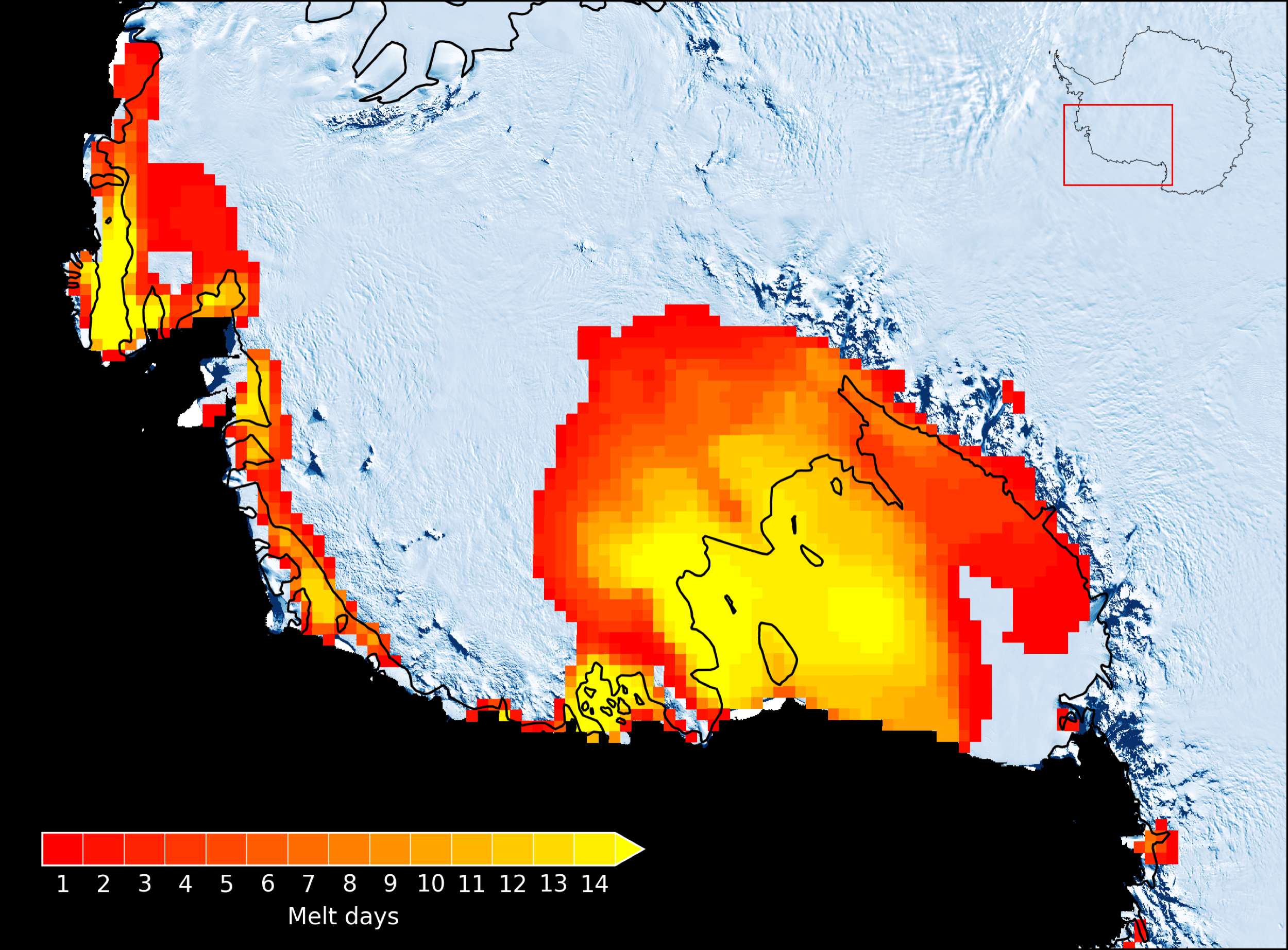Environment & Energy
Related: About this forumSlowing Westerly Winds, Warming Ocean, Led To Texas-Sized Surface Melt On Ross Ice Shelf
EDIDT
During January of 2016, as a very strong El Nino was combining with human-caused global warming to spike atmospheric temperatures to 1.2 C above 1880s levels, something pretty strange and concerning happened. Over the course of about 15 days, a 300,000 square mile section of the Ross Ice Shelf surface and nearby lands over West Antarctica experienced melting. This mass slushing across Antarctica’s surface occurred as a warm storm swept in from the Southern Ocean (see image above) to deliver an unheard of rainfall event to the region.
West Antarctica is typically too cold for such weather. It is also often too dry. The region is well know by climate researchers as a frozen desert. But as human-forced climate change has warmed the nearby ocean, warm, moist winds blowing in from these heating waters have become more frequent.
Westerlies Interrupted by Warming Ocean
Antarctica is typically protected by strong westerly winds that keep both heat and moisture out. But a warming ocean environment, according to Ohio State researchers, is enabling El Nino to interrupt these westerlies and hurl increasing volumes of heat and moisture over the glaciers of Antarctica. In 2016, these winds bore with them an odd rainstorm that set off a massive surface melt event.
 ?w=600&h=443
?w=600&h=443
(Surface melt over a large section of West Antarctica lasted for as much as 15 days as heat and moisture from the surrounding ocean beat back a protective barrier of westerly winds and invaded the frozen continent. According to scientists, these events are likely to become more frequent and long-lasting as the climate warms. Image source: Ohio State University.)
t’s worth noting that this particular storm, though unusual and noteworthy, did not produce too much in the way of surface melt ponding. Instead, the storm turned a large section of the Antarctic surface to a slurpee-like slush. But this event did deliver a considerable amount of heat to the Ross Ice Shelf region. And repeated instances could serve to seriously soften this massive ice formation.
Eventually, as warming worsens, significant surface melt and flooding could help to shatter large buttressing ice shelves like Ross or even generate risks of surface glacial outburst flooding in instances where permanent surface melt lakes form behind an ice dam. But the primary concern at this time is that these warm rain events provide a compounding melt influence that adds to risks for more rapid sea level rise this Century.
EDIT/END
https://robertscribbler.com/2017/06/15/the-rains-of-antarctica-are-coming-warm-summer-storms-melted-texas-sized-section-of-ross-ice-shelf-surface-during-2016/#comments
pscot
(21,024 posts)and you begin to see things.